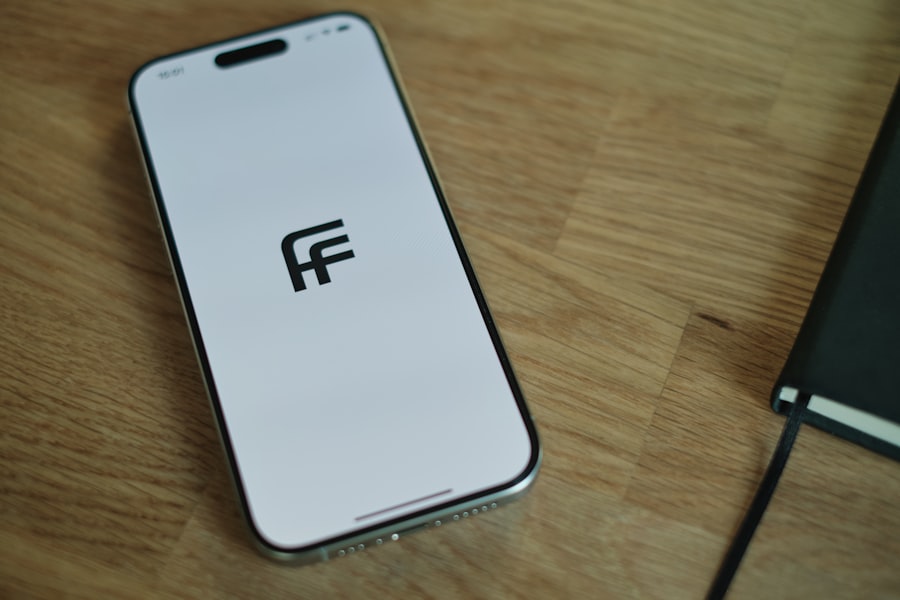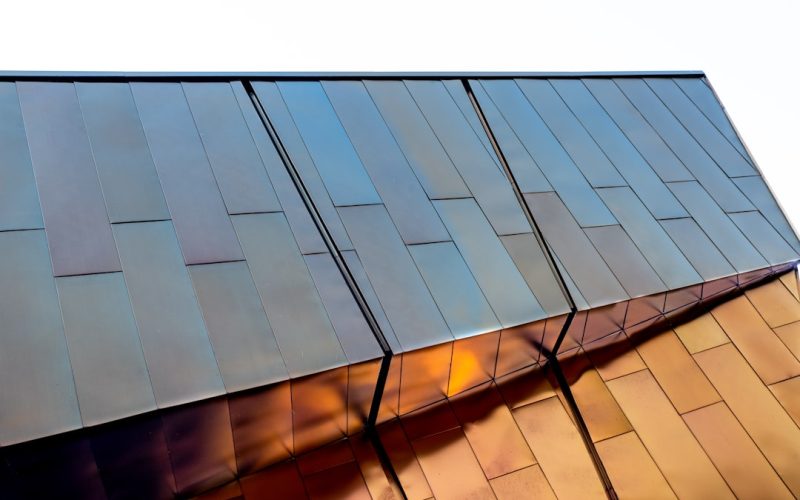As I delve into the world of web design, I find that understanding the fundamentals of Flatsome’s UX Builder is essential for creating stunning websites. This powerful tool is specifically designed for WordPress, allowing users to craft visually appealing and highly functional sites without needing extensive coding knowledge. The UX Builder operates on a drag-and-drop interface, which simplifies the design process significantly.
I appreciate how this feature enables me to visualize my changes in real-time, making it easier to experiment with different layouts and elements. Moreover, Flatsome’s UX Builder is built with responsiveness in mind. This means that as I create my designs, I can be confident that they will look great on various devices, from desktops to smartphones.
The builder provides a seamless experience, allowing me to focus on creativity rather than getting bogged down by technical details. By understanding these basics, I can leverage the full potential of the UX Builder to create websites that not only meet my aesthetic standards but also function effectively for users.
Table of Contents
ToggleKey Takeaways
- Flatsome’s UX Builder offers a user-friendly interface for creating custom designs without coding knowledge.
- The builder provides a wide range of tools and options for customizing layouts, typography, and color schemes.
- Designs created with Flatsome’s UX Builder are automatically responsive and mobile-friendly.
- Users can take advantage of pre-built elements and templates to streamline the design process.
- The builder allows for seamless integration of e-commerce features for online shopping experiences.
Exploring the Interface and Tools of Flatsome’s UX Builder
Efficient Workflow
The sidebar is organized into sections, making it easy for me to access various elements such as text blocks, images, buttons, and more. This organization allows me to work efficiently, as I can quickly find what I need without sifting through clutter.
Versatile Tools
The tools available within the UX Builder are diverse and versatile. For instance, I can easily add columns and rows to structure my content effectively.
Customization and Control
The ability to customize each element is another feature that I find particularly useful. Whether I want to adjust padding, margins, or even animations, the options are readily available. This level of control empowers me to create unique designs that reflect my vision while ensuring a user-friendly experience.
Creating Responsive and Mobile-Friendly Designs with Flatsome’s UX Builder

In today’s digital landscape, creating responsive and mobile-friendly designs is non-negotiable. With Flatsome’s UX Builder, I have the tools necessary to ensure that my websites look great on any device. The builder allows me to preview my designs in different screen sizes, which is invaluable for making adjustments that enhance usability across platforms.
I can easily switch between desktop, tablet, and mobile views, ensuring that every element is perfectly aligned and functional. One of the standout features of Flatsome’s UX Builder is its ability to automatically adjust layouts based on screen size. This means that as I design, I don’t have to worry about manually tweaking each element for different devices.
Instead, I can focus on creating a cohesive design that maintains its integrity regardless of how it’s viewed. This capability not only saves me time but also enhances the overall user experience, as visitors can navigate my site effortlessly on any device.
Utilizing Pre-Built Elements and Templates for Efficiency
| Element/Template | Efficiency Rating |
|---|---|
| Bootstrap Framework | 9/10 |
| Materialize CSS | 8/10 |
| WordPress Themes | 7/10 |
| Email Templates | 8/10 |
Efficiency is key in web design, and Flatsome’s UX Builder excels in this area with its extensive library of pre-built elements and templates. As I embark on a new project, I often find myself browsing through these ready-made components to jumpstart my design process. These elements range from headers and footers to entire page layouts, allowing me to quickly assemble a professional-looking site without starting from scratch.
Using pre-built templates is particularly beneficial when I’m working under tight deadlines or when inspiration is lacking. I can select a template that aligns with my vision and then customize it to fit my brand’s identity. This flexibility means that while I’m saving time, I’m also able to maintain a unique touch in my designs.
The ability to mix and match elements from different templates further enhances my creative process, enabling me to craft a site that stands out in a crowded digital space.
Customizing Typography and Color Schemes for a Cohesive Design
Typography and color schemes play a crucial role in establishing a website’s identity, and Flatsome’s UX Builder provides me with ample options for customization in these areas. As I work on my designs, I pay close attention to font choices and color palettes to ensure they align with my brand’s message. The builder offers a wide selection of fonts, allowing me to choose styles that resonate with my target audience while maintaining readability.
In addition to typography, customizing color schemes is another area where I can express creativity. Flatsome’s UX Builder allows me to create custom color palettes or select from predefined options that complement my design. By maintaining consistency in typography and color throughout my site, I can create a cohesive visual experience that enhances brand recognition and user engagement.
This attention to detail not only elevates the aesthetic appeal of my website but also contributes to a more professional appearance.
Mastering Grid and Layout Options for Pixel-Perfect Designs

Achieving pixel-perfect designs requires a solid understanding of grid and layout options, and Flatsome’s UX Builder provides me with the tools necessary to master this aspect of web design. The grid system allows me to create structured layouts that guide users’ eyes through the content seamlessly. By utilizing columns and rows effectively, I can ensure that each element is positioned precisely where it needs to be.
The flexibility of layout options within the UX Builder is another feature that I find invaluable. Whether I want a traditional grid layout or something more unconventional, the builder accommodates my vision. I can easily adjust column widths, add spacing between elements, and even create overlapping sections for a dynamic look.
This level of control enables me to experiment with different layouts until I find the perfect arrangement that enhances both aesthetics and functionality.
Incorporating Multimedia and Interactive Elements with Flatsome’s UX Builder
Incorporating multimedia and interactive elements into my designs is essential for creating engaging user experiences, and Flatsome’s UX Builder makes this process straightforward. The builder allows me to easily add images, videos, sliders, and galleries to my pages, enriching the content and capturing visitors’ attention.
By strategically placing multimedia elements throughout my site, I can break up text-heavy sections and provide visual interest.
Interactive elements are another area where Flatsome shines. The builder offers features such as hover effects, animations, and buttons that encourage user interaction. For instance, I can create call-to-action buttons that stand out and entice visitors to take specific actions, such as signing up for a newsletter or making a purchase.
By integrating these interactive components thoughtfully, I can enhance user engagement and drive conversions on my site.
Optimizing Performance and Loading Speed with Flatsome’s UX Builder
In an era where users expect fast-loading websites, optimizing performance is paramount. Flatsome’s UX Builder provides several tools and features that help me enhance loading speed without sacrificing design quality. One of the first steps I take is optimizing images before uploading them to the builder; this ensures that they are web-friendly without compromising visual quality.
Additionally, Flatsome offers built-in performance optimization features such as lazy loading for images and scripts. This means that images will only load when they are visible on the user’s screen, reducing initial load times significantly. By taking advantage of these performance-enhancing features within the UX Builder, I can create websites that not only look great but also perform exceptionally well across all devices.
Integrating E-Commerce Features for Seamless Online Shopping Experiences
As e-commerce continues to grow in popularity, integrating effective online shopping features into my websites has become increasingly important. Flatsome’s UX Builder offers robust e-commerce capabilities that allow me to create seamless shopping experiences for users. With built-in support for WooCommerce, I can easily set up product pages, shopping carts, and checkout processes without any hassle.
The customization options available within the UX Builder enable me to tailor the shopping experience according to my brand’s identity. From product display layouts to cart designs, every aspect can be adjusted to create a cohesive look that aligns with my overall website design. Additionally, incorporating features such as product filters and quick view options enhances usability, making it easier for customers to find what they’re looking for quickly.
Collaborating and Sharing Projects with Flatsome’s UX Builder
Collaboration is an essential aspect of web design projects, especially when working with teams or clients. Flatsome’s UX Builder facilitates this process by allowing me to share projects easily with others for feedback or collaboration purposes. The ability to grant access to team members or clients means we can work together in real-time, making adjustments based on input without any delays.
Furthermore, the builder supports version control features that allow me to track changes made during collaboration sessions. This ensures that if any issues arise or if we want to revert back to a previous version of the design, we can do so effortlessly. By streamlining collaboration through these features, Flatsome enhances not only my workflow but also fosters better communication among team members.
Troubleshooting Common Issues and Challenges with Flatsome’s UX Builder
Despite its many advantages, using Flatsome’s UX Builder does come with its share of challenges from time to time. One common issue I’ve encountered is related to plugin compatibility; occasionally, certain plugins may conflict with the builder’s functionality. When this happens, I find it helpful to disable plugins one by one until I identify the culprit causing the issue.
Another challenge I’ve faced involves responsiveness; while the builder does an excellent job of creating mobile-friendly designs, there are instances where specific elements may not display correctly on smaller screens. In these cases, I’ve learned to utilize the responsive editing tools within the builder effectively—adjusting settings for individual elements ensures they look great across all devices. In conclusion, navigating Flatsome’s UX Builder has been an enriching experience that has significantly enhanced my web design capabilities.
From understanding its basic functionalities to mastering advanced features like e-commerce integration and performance optimization, I’ve gained valuable insights into creating visually stunning and highly functional websites. As I continue exploring this powerful tool, I’m excited about the endless possibilities it offers for crafting unique online experiences.
If you’re looking to improve your website’s SEO and increase organic traffic, consider hiring a WordPress SEO freelancer today. This article from Simon Says Web Design provides valuable insights on the benefits of hiring a professional to optimize your website for search engines. By implementing effective SEO strategies, you can attract more visitors and improve your online visibility. Check out the article here for more information on how to enhance your website’s SEO performance.
FAQs
What is Flatsome’s UX Builder?
Flatsome’s UX Builder is a drag-and-drop page builder that allows users to create custom layouts for their WordPress websites without any coding knowledge.
What are the key features of Flatsome’s UX Builder?
Flatsome’s UX Builder offers features such as a live preview, customizable elements, pre-designed templates, responsive design options, and the ability to save and reuse layouts.
How can Flatsome’s UX Builder help in creating pixel-perfect layouts?
Flatsome’s UX Builder provides precise control over the design elements, allowing users to adjust spacing, alignment, and sizing to achieve pixel-perfect layouts.
Is Flatsome’s UX Builder suitable for beginners?
Yes, Flatsome’s UX Builder is designed to be user-friendly and intuitive, making it suitable for beginners who want to create professional-looking layouts for their websites.
Can Flatsome’s UX Builder be used with any WordPress theme?
Flatsome’s UX Builder is specifically designed for the Flatsome theme, but it may also work with other compatible themes that support the use of page builders.




